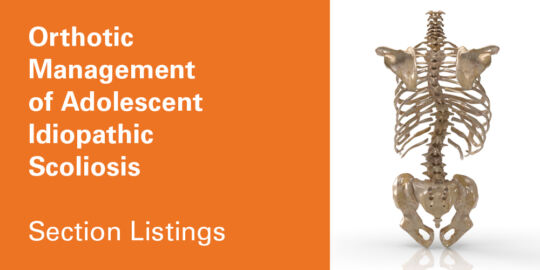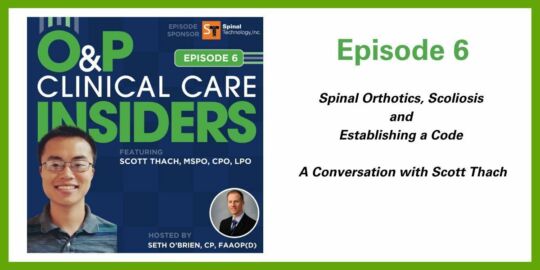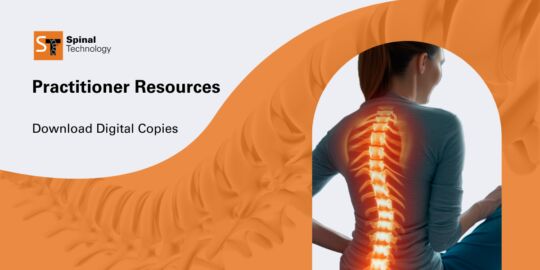SRS.org held a livestream with the social media committee to talk about scoliosis and do a live Q&A on February 20, 2024. You can watch the full video here on their YouTube channel. Below is an excerpt we captured with regards to the effectiveness of scoliosis bracing from Ryan Fitzgerald, MD FAAOS.
Our job is to teach the science so you can make the best decision for your your family and your child and certainly that is a part of a treatment algorithm for a lot of people.
Now as far as bracing is concerned this is something where we actually have excellent evidence. And so a typical algorithm for bracing for people is when curves are progressive above 25 degrees that still have quite a bit of growth remaining.
That is a patient population that is ideal for bracing. And what we know is that bracing truly can prevent surgeries from happening.
So there was a good prospective study that was done out of Iowa that showed us that they actually had to stop the study early because it was unfair for the patients that didn't give up.
So they brace not to get it. And what they showed is that the number needed to treat was three. And so what that means is you take everyone that would have to have surgery and you give them a brace and they wear a brace well that we can stop a third of surgeries from happening.
And so I think that evidence is really You what we hang our hat on and why bracing is such a cornerstone in what we do.
Typically that type of brace is a full time brace and so the second point we got out of that study is the number of hours per day that you wear that brace is very important.
So if you don't Thanks watching! If don't wear the brace at least 13 hours a day, you may as well not be wearing it at all.
To every hour on average that you're wearing it more than that, up to 18 hours we can get further umm further benefits.
So for me and my clinic for patients that still have That's great. That's great. Both remaining to have a curve above 25 degrees, the main state of treatment is a brace that umm is again worn with a goal of 18 to 20 hours a day.
And ultimately if those curves progress, that's when we start talking about surgery. Curves that are above 45 to 50 degrees, we're starting to lose balance.
Umm. Those are the ones that tend to be kind of worse actors long term and that's when we start talking about surgical options.
Great. Now thank you, Dr. Sarah. I think that's a very helpful and it's important for families and parents to realize that there are options and good options before serving the entertainer.
And I was tell you know my students and families you know always give comfort to opinions about this kind of information.
These are critical decisions and you want to make sure you're talking to services. To be honest with you like yourself and others for part of SRS who are well informed about the current upgrades and current guidelines of local literature. That is very very important.


